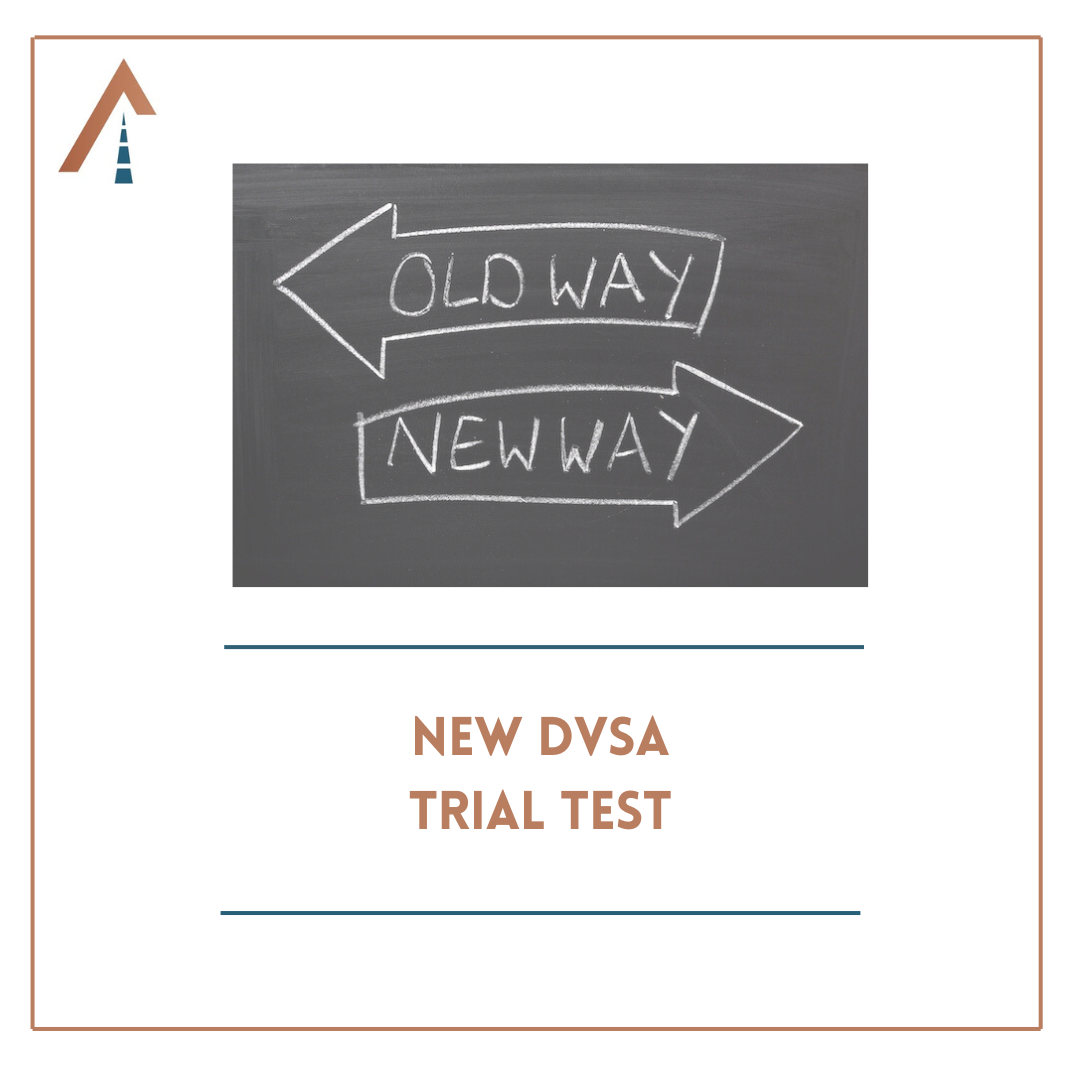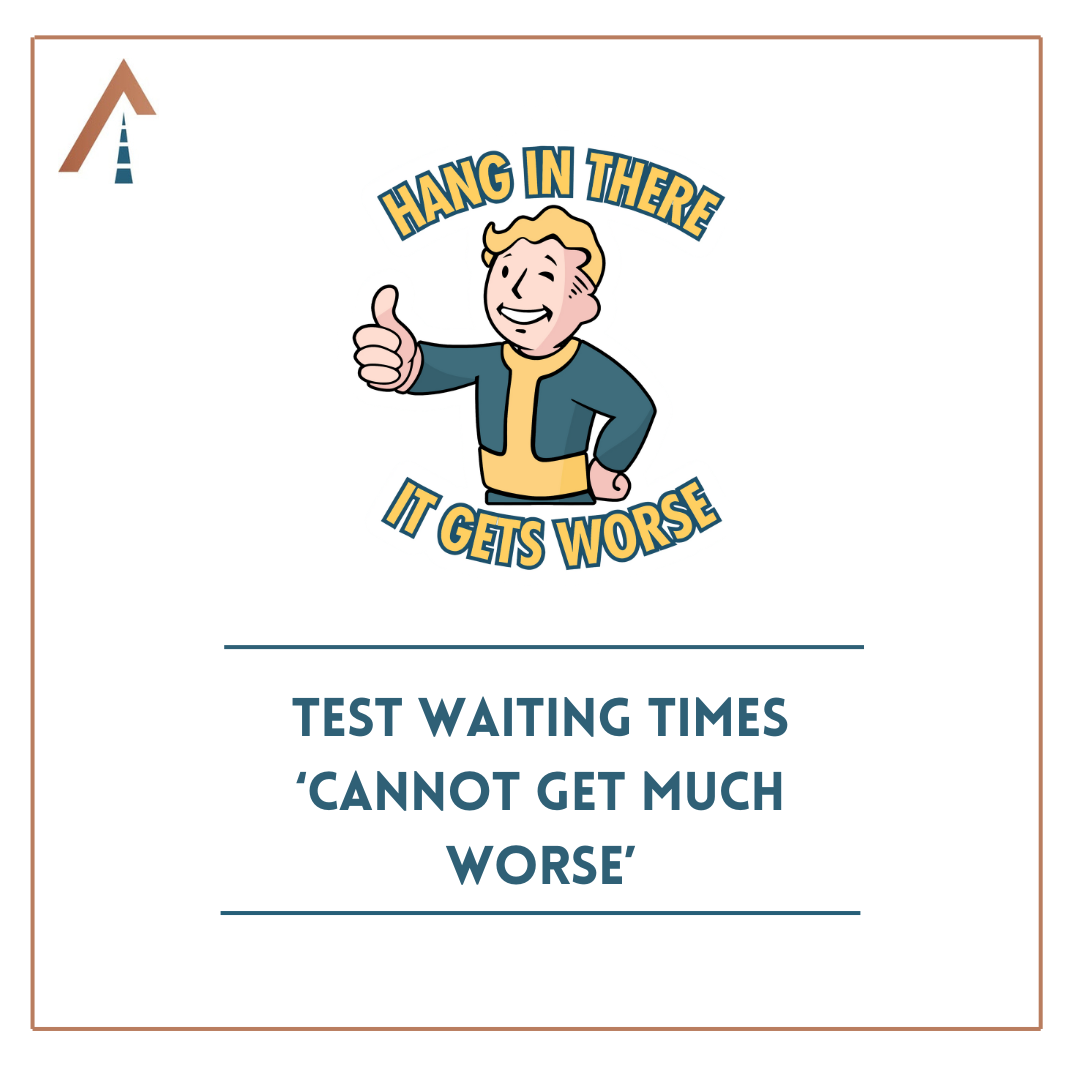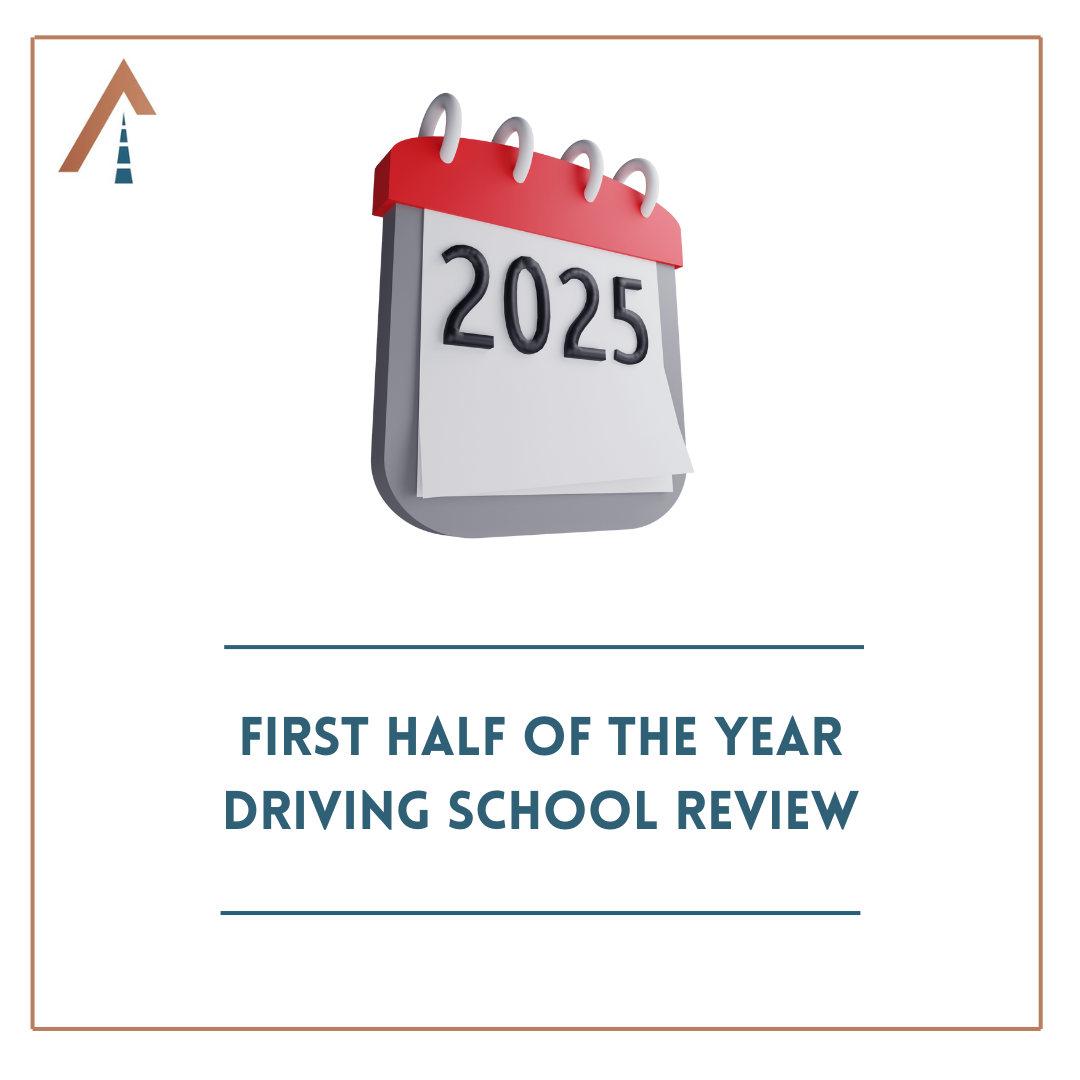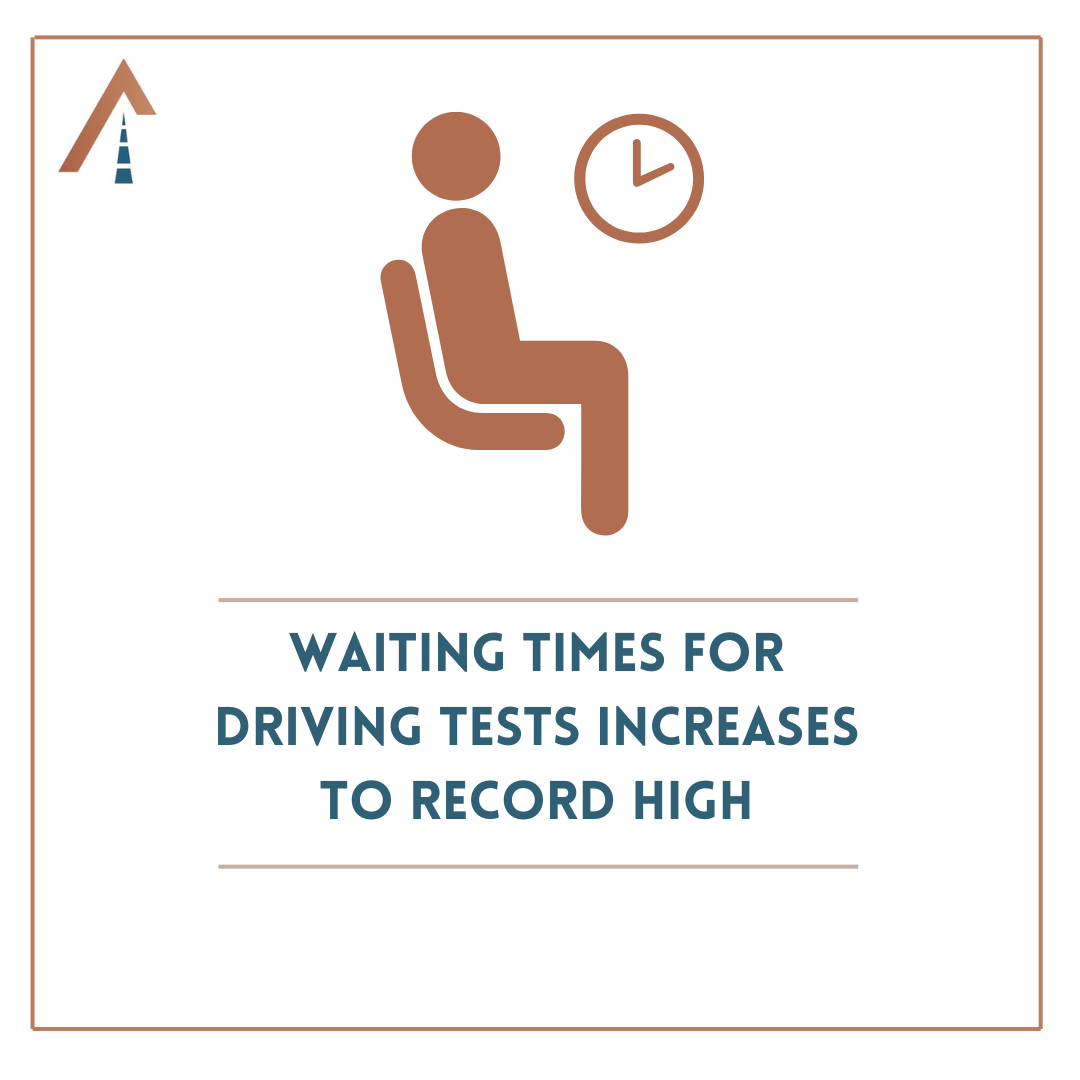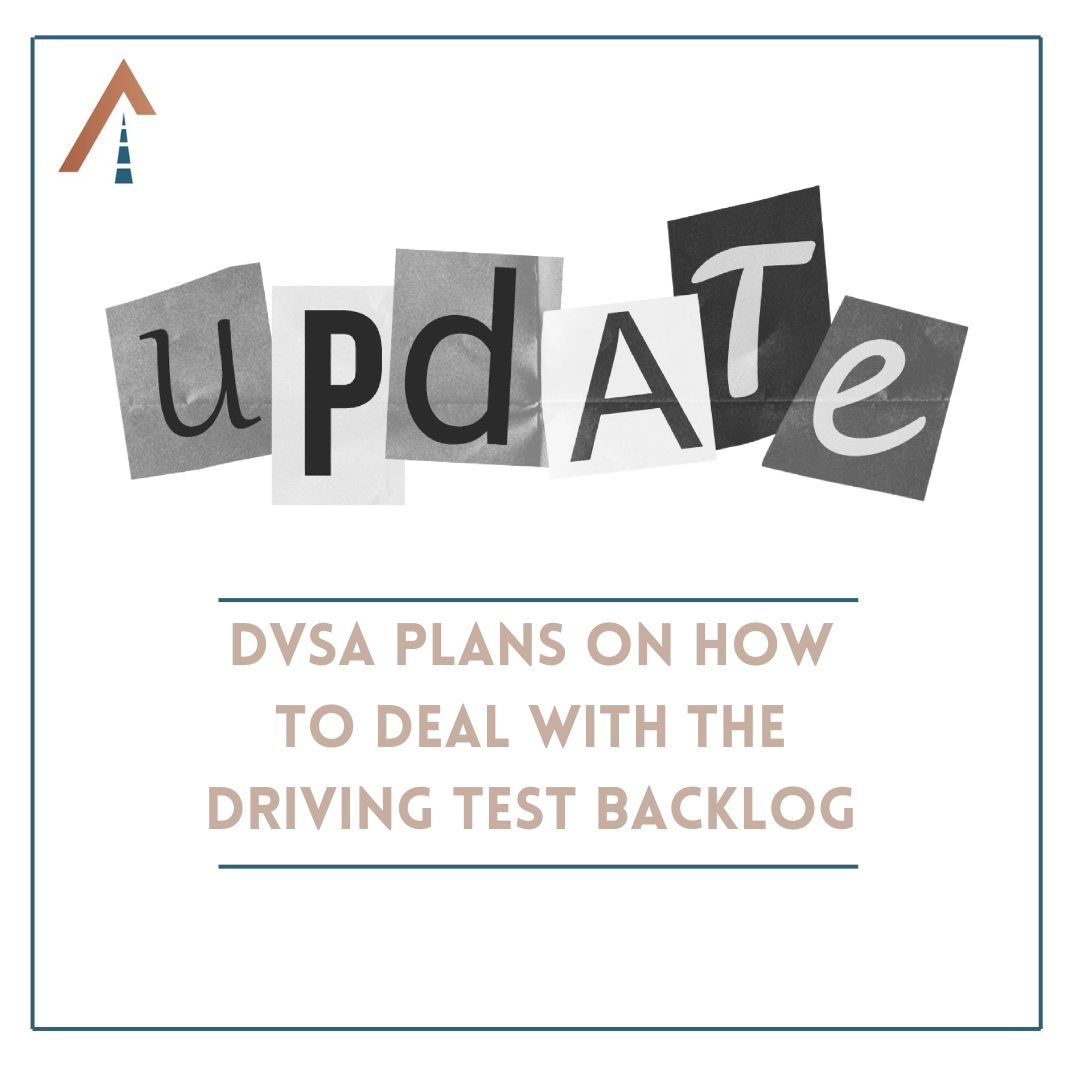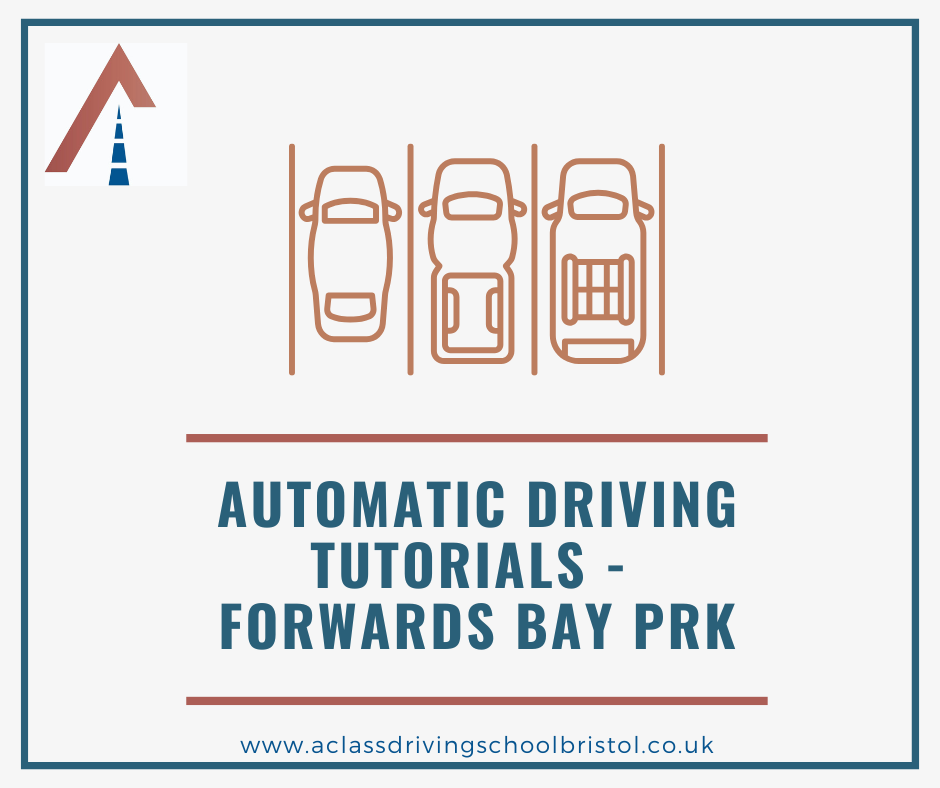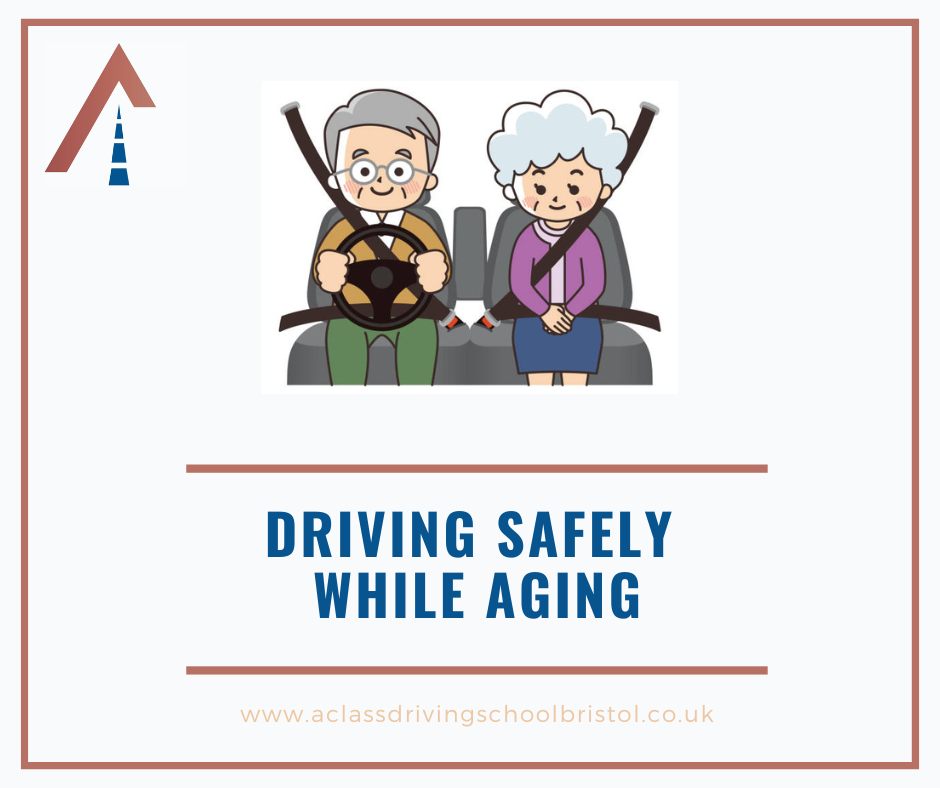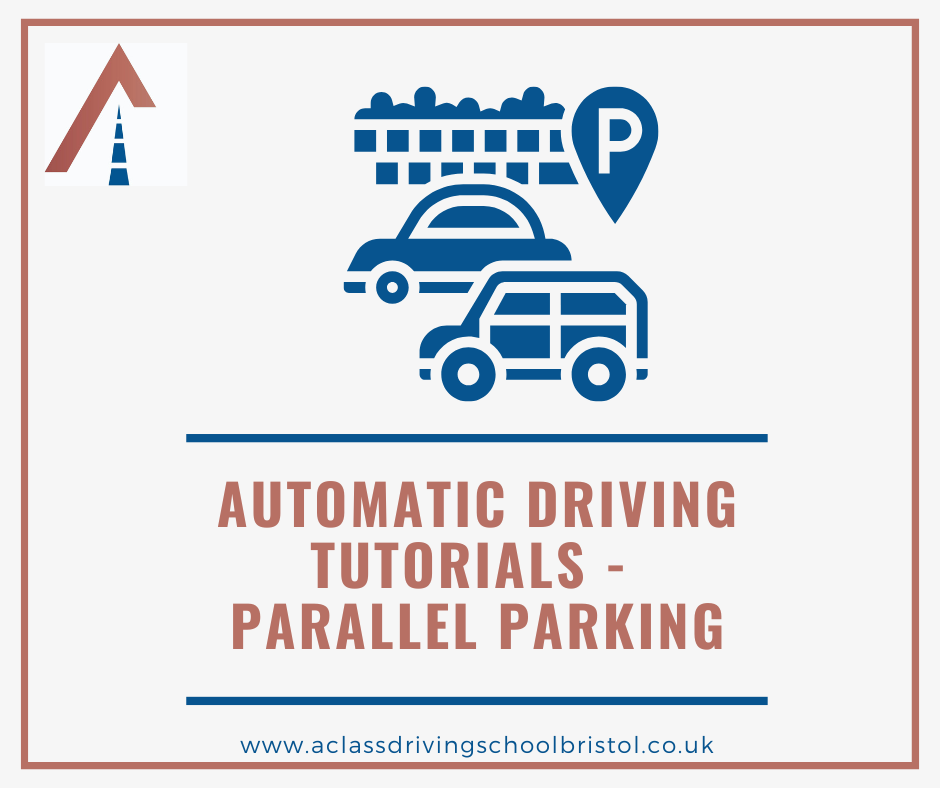Advanced approaching - Automatic tutorial
Online driving tutorial - Advanced Approaching
Major to Minor
Approaching can sometimes be considered one of the easier junctions when it comes to driving. However, it should not be taken for granted. Once your confidence is high enough, try spacing your MSM routine out a little further.
There should be a little gap between checking the interior mirror, the door mirror and then getting your signal on. Work on early braking. It should light and measured for a gradual reduction in speed. See if you can keep your foot on the brake right up until you make your turn.
Early braking is a great way of letting the cars behind you know that you are reducing your speed. The early lower speed reduction will help with more accurate positioning. Plus. you'll have more time to observe, which is often overlooked.
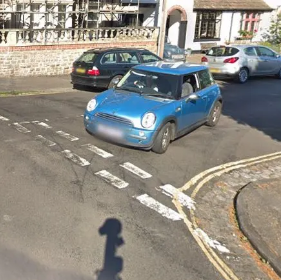
Approaching on a hill
Uphill - If you can find somewhere to practise approaching uphill and to the right, try it. The hill can really throw a learners timing off when it comes to slowing and how much braking to use. Try reducing your speed earlier than usual and make sure yo make it to your point of turn. Stopping early will encourage cars emerging to go before you as it looks like your letting them go. Don't worry about a handbrake, you don't need it in an automatic.
Blind turns
Right hand turns on a left hand bend is potentially dangerous. You could even use an emerging routine for an approaching situation. You wont know what you have to give way to until you reach your point of turn. So consider arriving ready to stop, just like emerging.
Narrow
Turning into streets that are only wide enough for one car can be tough. Always assume the worse. Hopefully you're already practising entering new roads at 10 mph. Occasionally you may have to, again, deploy an emerging type routine for an approach if you really fear you'll have to stop.
Even consider stopping so that you can look down the new road to see if anything is coming out. It's easier to let them go when you're at your point of turn, rather than when you're halfway into the new road and blocking their exit.


